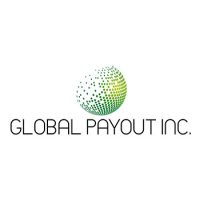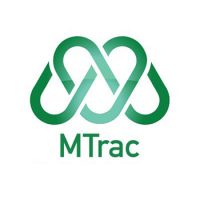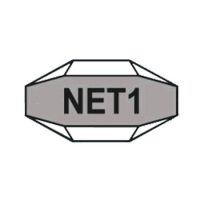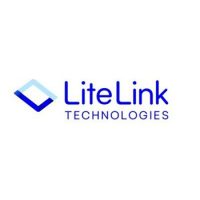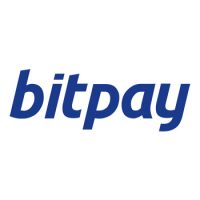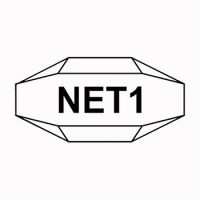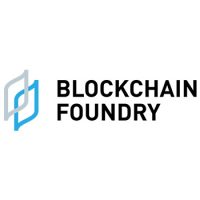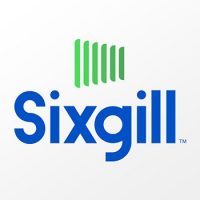Latest News
Xpeng G3 achieves highest score among EVs in China’s latest C-NCAP safety test

The Xpeng G3 2019 version obtained the highest total score of 92.2% among electric vehicles in the latest China New Car Assessment Program (C-NCAP) safety test, according to official results announced on 13 July.
The G3 smart EV SUV achieved a 5-star standard safety rating, and was among the first batch of new energy vehicles received 5-star rating by C-NCAP after it released new rules in line with international standards. C-NCAP released the new version of its regulations in 2018, adding safety evaluation standards for pure electric vehicles, and performance evaluations for active safety functions.
According to the official C-NCAP results, the G3 received 96.50% in passenger safety and 94.09% in active safety, both the highest rankings among electric vehicles in this latest safety evaluation by the Chinese authority.
In C-NCAP’s most stringent 64-kilometer offset collision, the G3 received the highest score of 19.758 among all types of vehicles. In addition, the G3’s active safety system has gone through over 3,000 hours of data acquisition. The road test for its automatic emergency braking function recorded zero malfunctions in every 150,000 km.
“The C-NCAP results are a strong endorsement of Xpeng’s in-house R&D, safety design and quality control capability,” said Xpeng Motors Chairman & CEO He Xiaopeng. “The new C-NCAP regulations are the most stringent yet for EVs, but the G3 has matched or exceeded these standards, rating it the safest electric vehicle in the China market.”
The G3’s comprehensive active and passive safety features are supported by its strong body architecture, with 70% of the vehicle body made of high-strength steel (including 6.7% ultra-high strength steel and 1500MPa 7.5% thermoformed steel), creating a rigid safety cage to withstand collisions from different directions. This architecture can quickly disperse collision forces through various nodes, effectively reducing locally concentrated force to help prevent the vehicle body crumpling in a collision.
During the R&D phase, Xpeng conducted five rounds of safety tests on the G3, including 63 vehicle collisions and 40 sliding tests to cover a full range of collision scenarios. The G3 also went through more than 1,000 structural optimization simulations in the R&D phase, taking more than 30,000 hours. Additionally, the G3 has the following active safety systems:
- Forward collision warning (FCW)
- Automatic emergency brake (AEB) with pedestrian protection
- Lane departure warning (LDW)
- Intelligent speed limit assist (SLA)
- Blind spot detection (BSD)
- Lane change alert (LCA)
- Rear cross traffic alert (RCTA)
- MSB electric seatbelt (with collision warning)
SOURCE XPENG Motors
Latest News
Casino Kings Knocks Out Partnership with Boxing Powerhouse BoxNation

Two titans of entertainment are joining forces! UK-licensed casino and sportsbook, Casino Kings, and the legendary boxing platform, BoxNation, have announced a dynamic new partnership, set to deliver a knockout blow of exclusive content, promotions and responsible betting experiences for fans. Becoming their official boxing betting partner, Casino Kings is stepping into the ring with one of the most respected names in the fight game, promising fans a ringside seat to even better betting.
This isn’t just a bell ringing for another sponsorship deal; it’s a knockout partnership designed to bring you closer to the action than ever before. Casino Kings branding will be engrained into the boxing industry, prominent across BoxNation’s popular YouTube channel through branding and content, where the biggest names and personalities in boxing step into the spotlight for exclusive interviews.
For you savvy fight fans, Casino Kings will be rolling out a series of exclusive offers, adding even more thrill to 2025’s already-explosive boxing schedule. And here’s a great way to kick things off: Casino Kings is welcoming new members with a £35 Free Bet! Just deposit a minimum of £10 and place bets of £10 or more to grab yours. Don’t miss out!
Given BoxNation’s powerful presence in the boxing arena and Casino Kings’ reputation as a premier UK online casino and sports betting platform, this partnership is bound to be a knockout you won’t want to miss.
“We’re buzzing to partner with BoxNation—this really puts Casino Kings in the heart of the action.” Says Jack Dunn, COO of Casino Kings. “The team have been absolutely brilliant, and we’re excited to get stuck into some top-tier behind-the-scenes boxing content for the fans!”
“BoxNation is delighted to announce our partnership with Casino Kings. Casino Kings has a great reputation for delivering sports and entertainment options for users. We look forward to working together with Casino Kings to create a safe and enjoyable experience for fans.” adds Umar Ahmed, BoxNation Channel Lead.
Want to be the first to know? Follow Casino Kings and BoxNation on social media now for instant updates, special offers, and all the ringside action!
About BoxNation:
BoxNation is a dedicated boxing news and media outlet, providing fans exclusive interviews and behind the content featuring the boxing’s biggest names and personalities. With over 95k YouTube subscribers and 50 million plus views, BoxNation is delivering the best boxing content from all around the world. To find out more about BoxNation, visit: www.youtube.com/@BoxNationOfficial
About Casino Kings:
Casino Kings isn’t just another UK-licensed online casino and sportsbook – it’s a platform that puts player well-being first. Deeply committed to responsible gambling, they offer a secure environment equipped with robust tools to empower users to manage their play effectively. Beyond this dedication, Casino Kings delivers consistently fair and competitive odds across a thrilling selection of sports. Plus, the king casino team consistently provides their players with the best welcome bonuses, weekly promotions, daily offers, and much more!
Let’s keep the fun in the game. Please remember to gamble responsibly. 18+ only. For more information, visit: www.gambleaware.org.
Blockchain
India’s Fintech Market to Reach $990 Billion by 2032 at 30.2% CAGR – Fintech Firms Eye Untapped Indian Digital Payments Market with Secure, Low-Cost Digital Financial Solutions
Blockchain
Colb Asset SA Raises $7.3 Million in Oversubscribed Round to Bring Pre-IPO Giants to Blockchain
-

 Blockchain Press Releases4 days ago
Blockchain Press Releases4 days agoHTX Premieres USD1 Stablecoin Globally, Partnering with World Liberty Financial to Forge a New Era of Decentralized Economy
-
Blockchain3 days ago
Colb Asset SA Raises $7.3 Million in Oversubscribed Round to Bring Pre-IPO Giants to Blockchain
-

 Blockchain3 days ago
Blockchain3 days agoBlocks & Headlines: Today in Blockchain – May 7, 2025 | Coinbase, Riot Games, Curve DAO, Litecoin, AR.IO
-

 Blockchain Press Releases4 days ago
Blockchain Press Releases4 days agoJuCoin made a global impact at TOKEN2049 Dubai, advancing its ecosystem with the “Peak Experience” vision and JuChain’s robust tech.
-

 Blockchain Press Releases2 days ago
Blockchain Press Releases2 days agoHTX and Justin Sun Launch $6M Mars Program Special Edition, Offering One User a Historic Space Journey
-

 Blockchain Press Releases3 days ago
Blockchain Press Releases3 days agoGRVT Launches Biggest Ever Trading Competition for Retail Traders, Offering Up to 175,000 USDT in Prizes
-

 Blockchain2 days ago
Blockchain2 days agoBlocks & Headlines: Today in Blockchain – May 9, 2025 | Robinhood, Solana, Tether, China, Women in Web3
-

 Blockchain Press Releases3 days ago
Blockchain Press Releases3 days agoCango Inc. Maintains Strong Mining Efficiency and Expands Bitcoin Holdings Amidst April Production Shift



















